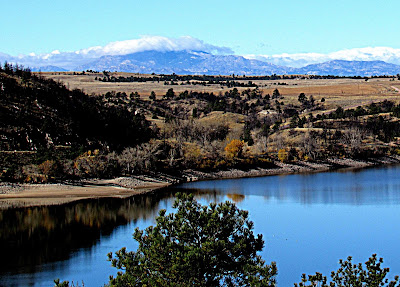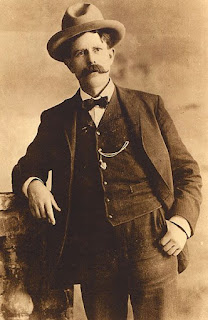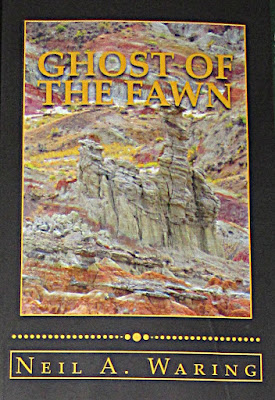It’s that time of year again. School starting all over Wyoming. With that in mind, I thought it might be interesting to take a look back at early schools in the state.
 |
| Remember these? Black boards and Elementary School Rules |
The first Wyoming school opened at Fort Laramie and was soon followed by several private schools as the population warranted. Robert Baker opened a school in South Pass with families paying one dollar each week per child. By 1870 the census listed five private and four public schools in the state. That same year the only public school buildings were in Cheyenne.
In 1871 Dr. J. H. Hayford, the auditor for the territory of Wyoming listed schools in Albany and Laramie counties as good, Carbon and Uinta had schools he listed as fair. Students furnished their own school materials and textbooks were, a haphazard, whatever could be found that was suitable for the job.
 |
| Pretty Nice Place to Live |
In 1873 a compulsory education law took effect, ordering every child between ages 6-18 to attend school for three months each year. As the state grew so did the number and efficiency of the schools. Territorial Governor Hoyt said in 1878, “I have never known a community, whether in this country or in Europe, more zealously devoted to the cause of popular education than the people of this new Territory.”
In the last decade before statehood, in 1890, Wyoming’s population tripled and the school population doubled. The number of buildings now used as, or built for schools, grew from 39 to 138.
Wagon Trains, trappers, traders and hunters passed through the state for many years, but when the railroad came, people followed and with people came schools. And with schools came that great sound of kids playing on the playground and if you are inside, learning the old three Rs and a few other things.
 |
| Just Passing Through |
After 42 years of teaching, I still sub in the local schools a few days each month. That leaves me many days to sit and write at home. I just published Ghost of the Fawn, my sixth book.
It is set, of course in Wyoming, and originally I targeted it as a young adult book. My first readers, who help me refine and edit, seem to think it is a great adult read as well. If you have time give it a look, not sure when it will be available but certainly should be by the end of the weekend.











